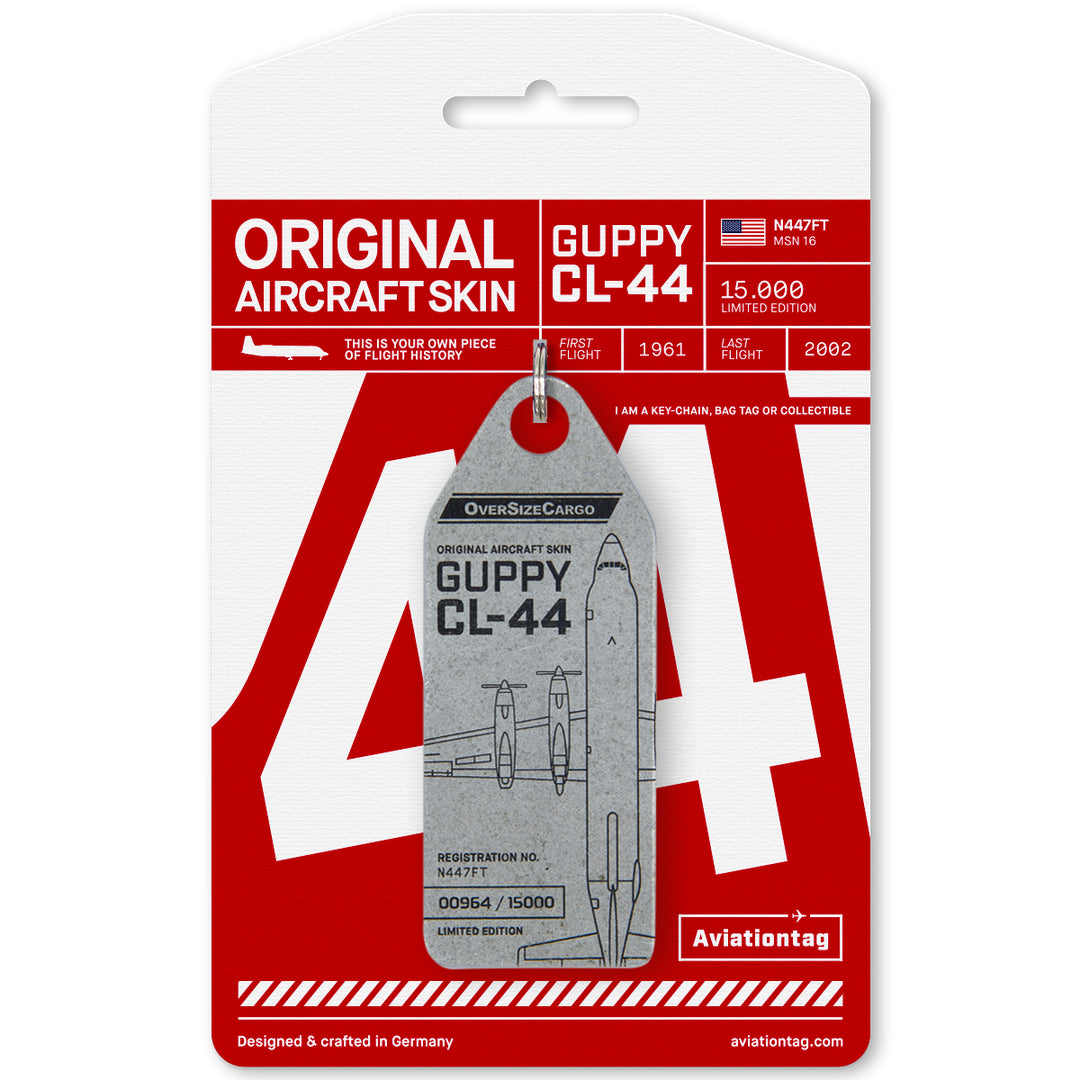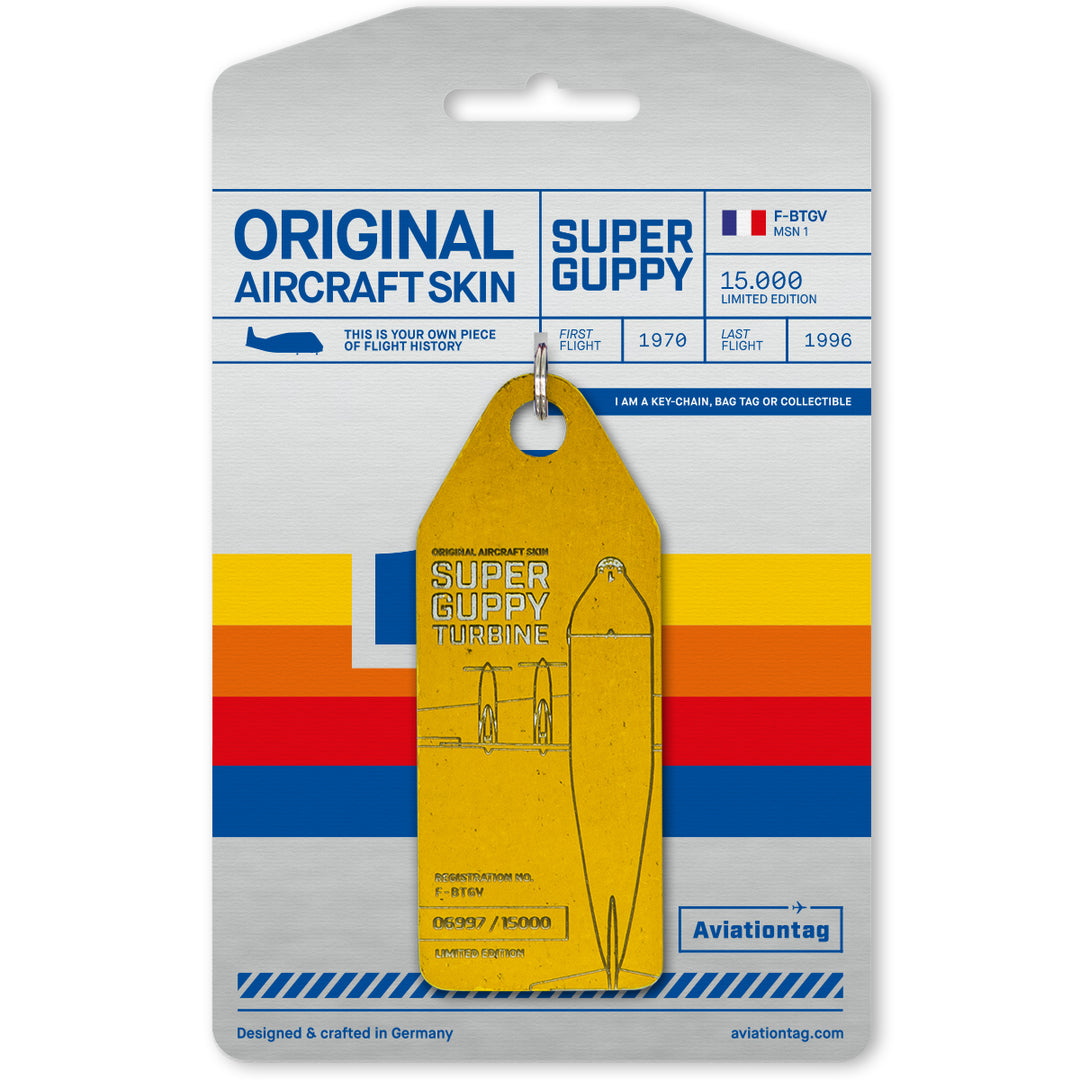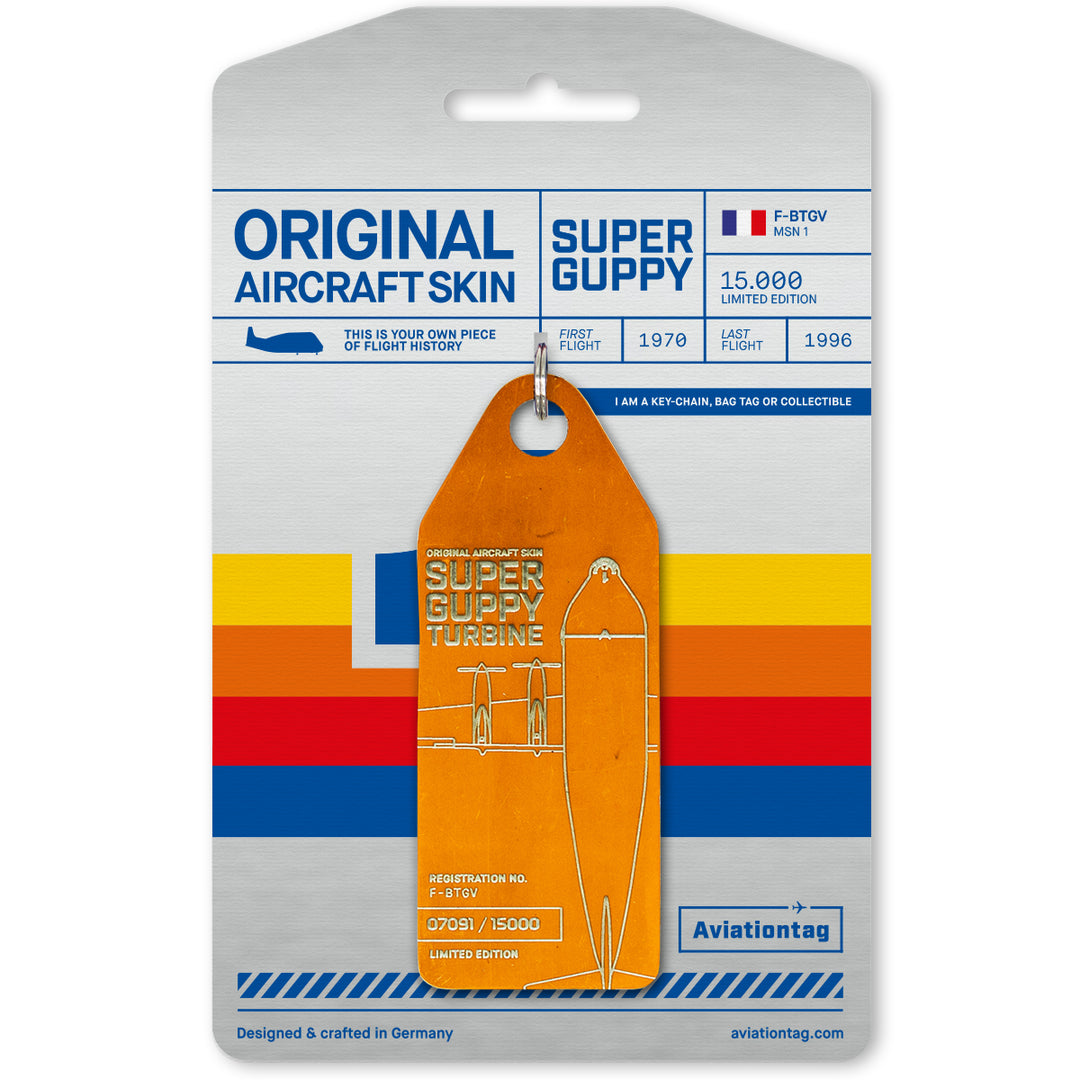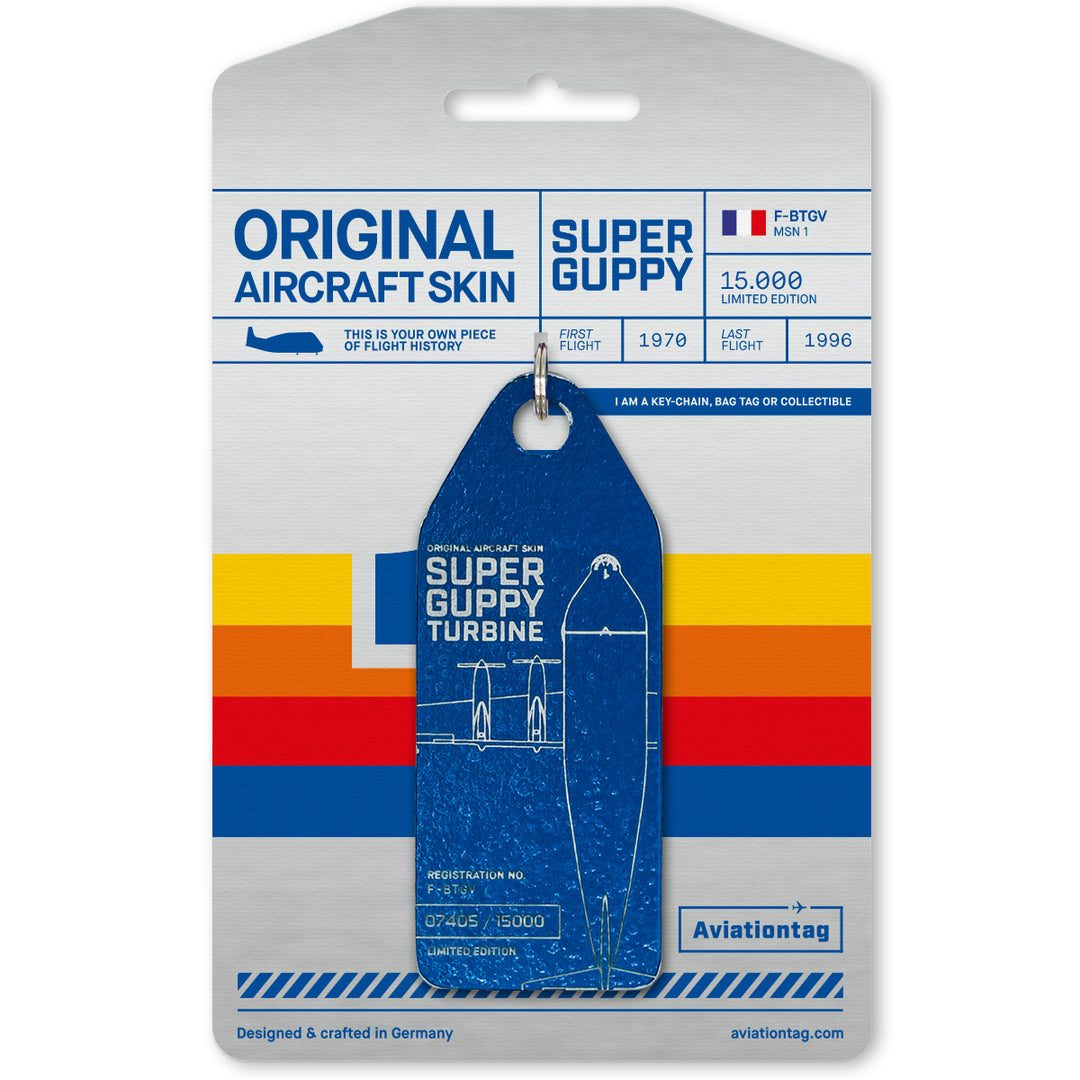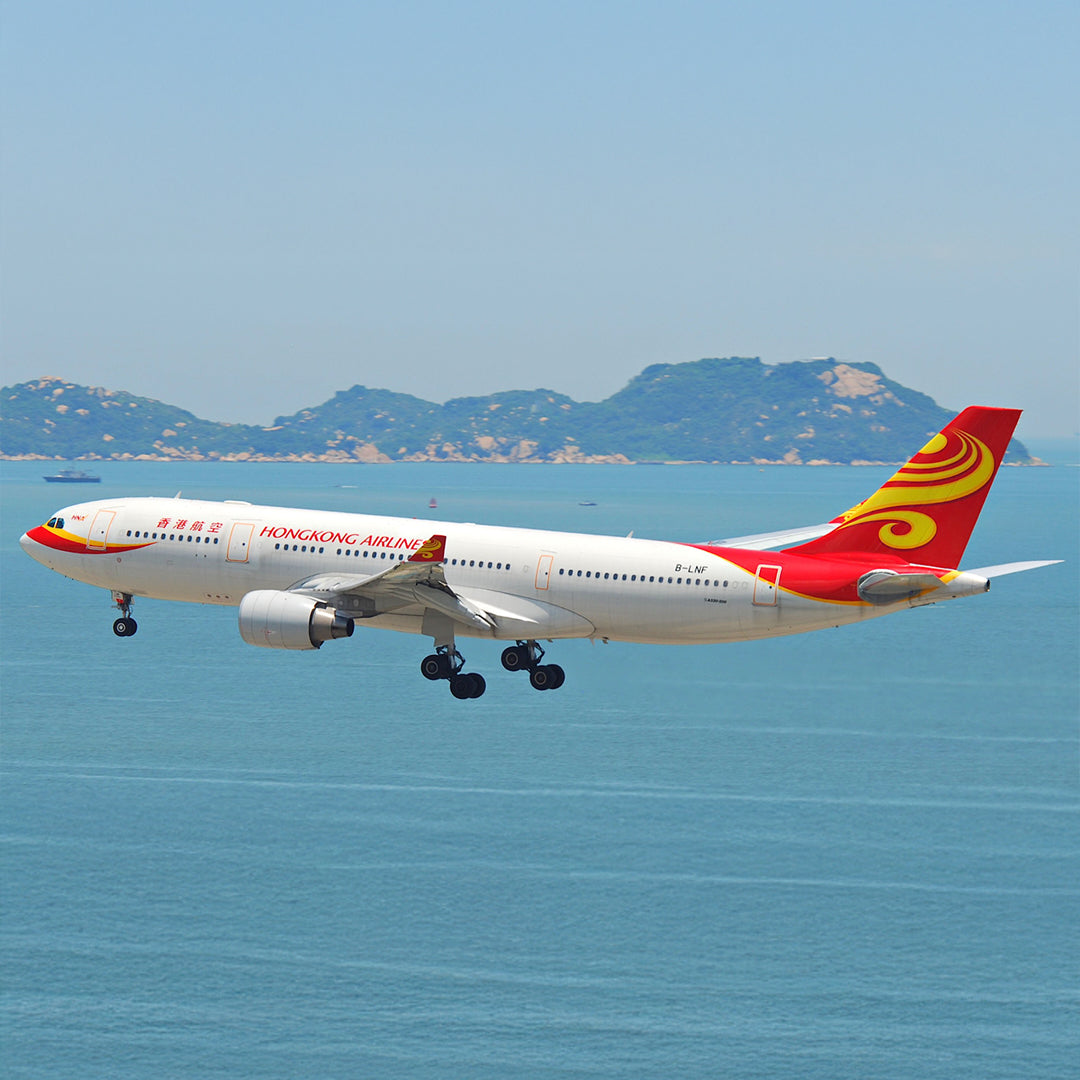From Presidential Boeing 737 to Upcycled Plane Tag: The Story of 5U-BAG
In 1978, a brand-new Boeing 737-200 emerged from Boeing’s factory, destined for a very special mission. Bearing the tail number 5U-BAG, this aircraft would spend the next 36 years as the VIP transport for the Government of Niger, ferrying presidents and dignitaries across continents. Nicknamed “Monts Baghzane” after Niger’s highest mountain range, 5U-BAG was more than just a plane – it was a flying symbol of national pride. From unpaved desert airstrips to the world’s capital cities, this 737 amassed a legendary journey without a single major accident on record. Its retirement in 2014 marked the end of an era, but the story didn’t end there. In a fitting twist for aviation enthusiasts, 5U-BAG has since been upcycled into collectible aircraft tags, giving the old jet a second life as cherished mementos.

5U-BAG was a Boeing 737-2N9C Advanced model, specially built with features like a gravel kit on its landing gear to handle rough airstrips. It first took to the skies on March 24, 1978 and was delivered new to Niger on April 28, 1978. Upon delivery, the plane was adorned in the green and white livery of the Nigerien state and assigned to the Escadrille Nationale du Niger (the national squadron). With luxury seating for around 24 VIPs, 5U-BAG became the country’s “Niger One” – the primary presidential aircraft.
For decades, this 737 crisscrossed the globe on diplomatic missions and state visits. It routinely connected Niamey with destinations in Europe, the Middle East, and beyond, serving eight different Nigerien presidents (and some other head of states) through changing political winds. There were moments of historic significance: ferrying newly elected heads of state, attending summits, and even evacuating officials during regional crises. In April 2014, for example, 5U-BAG was spotted landing in Brussels for an African-European Union summit, sharing the ramp with other nations’ VIP jets. Days later, it made an appearance in Bologna, Italy – an “unexpected and welcome guest” carrying Niger’s president (and keen observers noted the hardy gravel deflectors still mounted on its landing gear). This jet was equally at home touching down at big international airports or small remote airfields, a testament to its rugged design and versatility.
Despite such a long career, incidents were minimal. Thanks to diligent maintenance and skilled crews, 5U-BAG avoided any serious accidents or safety scares in its lifetime. Periodically it ould fly to Lasham Airfield in England for heavy maintenance – a quirky sight for local plane spotters, seeing a Nigerien 737 among the British countryside. Each visit to Lasham hinted at the care given to keep this aging bird in top condition. And through it all, Monts Baghzane remained a loyal workhorse, earning a reputation as one of the longest-serving presidential aircraft in Africa.
Aviationtag Classic Aircraft Edition
By the 2010s, however, technology had marched on. A 737-200 from the late 70s is a fuel-thirsty relic compared to modern jets. In 2014, Niger acquired a new Boeing 737-700 Business Jet (BBJ) – a modern 737 with extended range – to succeed 5U-BAG as the presidential lane. After 36 years of service since 1978, the trusty “Monts Baghzane” was finally relieved of duty. Its final flight took place on September 11, 2014, when it departed Niamey for the last time and landed at Lasham, UK – the same airfield that had seen it for maintenance over the years. There, the aircraft was officially withdrawn from use and stored, marking the end of its flying days.
For nearly nine years, 5U-BAG sat in quiet retirement at Lasham. Its engines had likely been removed and repurposed, and the once-opulent cabin was stripped – peering through the windows, observers noted the interior had been taken out as it awaited its fate. Enthusiasts would occasionally spot the forlorn jet, faded but still wearing Niger’s colors, a nostalgic reminder of its glory days. While there were ideas to preserve it or convert it to other uses, ultimately no new buyer came forward to return this Boeing 737 to the skies.


In November 2023, the decision was made to dismantle the aircraft for good. Specialists in aircraft dismantling moved in at Lasham to carefully break down the
737. The airframe was dismantled piece by piece – wings removed, tail taken down, and finally the fuselage cut apart. Notably, the cockpit section was saved intact and transported to St. Athan in Wales, possibly for use as a museum piece or training simulator. By the end of that month, 5U-BAG’s once-proud airframe had been reduced to sections of aluminum alloy, ending its chapter as an aircraft.
Today, the legacy of 5U-BAG lives on in these Aviationtags. What was once the roar of its Pratt & Whitney JT8D engines has been replaced by the jingle of a tag on someone’s suitcase or keys. The tags even carry the scratches and wear of the jet’s adventures – a patina of its life in service of a nation. Owning a piece of Monts Baghzane is like holding a fragment of aviation history: you can imagine the VIP cabin it once was part of, and the distant runways it touched. This creative upcycling not only prevents waste but also keeps the aircraft’s story alive in a personal way.
What do you think about upcycling a presidential aircraft into Aviationtags?
We’d love to hear your thoughts on the story behind 5U-BAG – drop us a comment below!



